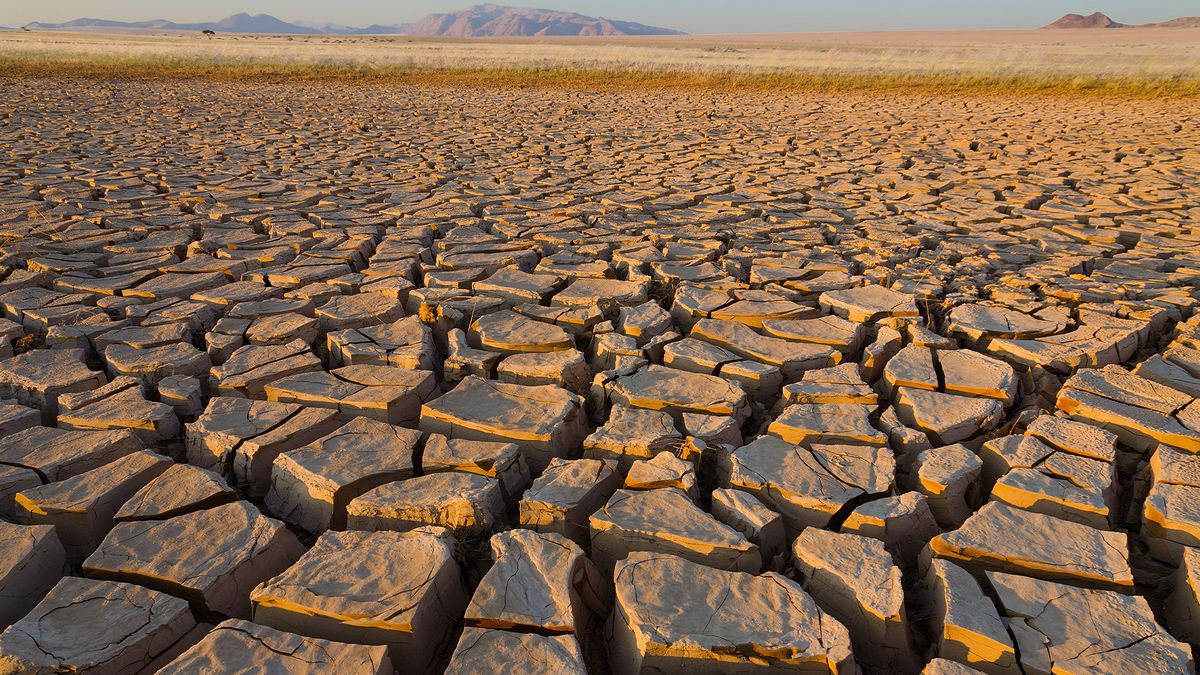Data center water consumption is spiraling out of control

Data center water consumption has spiked dramatically in the last six years, with the recent AI explosion leaving many major tech firms’ lofty sustainability goals in serious jeopardy.
Records obtained by the Financial Times revealed water consumption at IT infrastructure facilities in Virginia’s ‘data center alley’ have spiked by nearly two-thirds since 2019.
The co-locations surrounding Ashburn, VA, estimated to host 70% of the world’s internet traffic each day, consumed more than seven billion liters of water in 2023.
This marks a near 64% increase compared to the approximately five billion liters consumed in 2019, according to data taken from the authorities of the various counties in northern Virginia.
Widespread adoption of AI tools has placed new demands on cloud infrastructure and fuelled rapid data center expansion by the hyperscalers in various regions around the world.
The energy costs associated with this expansion have been well publicized, and Microsoft, Google, and Amazon have all made concerted efforts to show they are scaling up to meet this demand in a responsible way by investing heavily in sustainable data centers.
This has mainly centered around signing power purchase agreements with local green energy generation companies. For example, Microsoft inked the largest corporate renewable energy deal in history in July when it partnered with Brookfield to secure power for data center operations in the US and Europe.
Amazon and Google have both made similar moves buying up renewable power to drive their data centers and minimize their carbon emissions. Water consumption, on the other hand, has received less attention despite being an equally integral part of the process.
Speaking to ITPro, Ghinwa Chammas, director of group sustainability at the British Standards Institution (BSI), noted that unlike green energy, water is a finite resource that needs to be managed responsibly.
“Any use of freshwater on a large-scale needs to recognise that the world’s water security challenge is as urgent a crisis as that of climate change. As set out in BSI and Waterwise’s Thirst for Change research, freshwater is a finite resource that countries need to manage carefully,’ she explained.
“There are many factors behind this, linked to increased population size and growing demand for water. While this applies to all sectors, technology has historically been a water-intensive sector.”
Data center water consumption hits ‘high scarcity’ areas
In 2022, a Google-owned data center in The Dalles, Oregon received scathing criticism from residents after the local authority revealed the facility used one-third of the city’s water supply for cooling purposes.
Records disclosed during a drawn out legal battle between Google and the city of The Dalles revealed the hyperscaler’s water usage had tripled since 2017. This was particularly worrying considering the area receives minimal rainfall and was in the midst of a multi-year drought cycle.
Overall, Google disclosed that 15% of all its freshwater usage came from areas with ‘high water scarcity’ in 2023. Microsoft, however, revealed 42% of its freshwater withdrawals during 2023 came from ‘areas with water stress’.
ITPro approached Microsoft for comment on this figure, and was directed to a recent blog post on data center water efficiency by Noelle Walsh, corporate VP for cloud operations & innovation at Microsoft.
The blog stated the firm was well placed to meet its goal to be water positive by 2030 and announced two focus areas for its drive to reduce water intensity. These included a redoubled effort to conserve water at every stage of operations, and innovative technologies that reduce the amount of water needed for cooling.
Amazon has not published comparable figures, but in 2022 the firm pledged AWS would be water positive, aiming to restore more water to freshwater sources than it takes out, by 2030.
An AWS spokesperson told ITPro that in 2023 it was almost halfway towards reaching this goal, and the organization was also able to improve its water usage efficiency (WUE) during the same period.
“Our efforts to conserve and reuse water are happening across our on-site operations and in communities where we operate by working with nonprofit and public partners to support water availability,” the spokesperson said.
“AWS reached 41% of the way to meeting water positive in 2023. AWS increased its WUE to 0.18 in 2023 as well. As a result of our water replenishment projects investments we returned 3.5 billion liters of water to communities in 2023.”
AWS added that it has worked with the local water board to ensure its operations in Virginia are not placing undue stress on water availability in the region.
“In Virginia 18 of our AWS data centers use recycled wastewater instead of drinking water, making more higher quality water available for the community—and in Northern Virginia, we worked with Loudoun Water to become the first data center operator in the state approved to use recycled water in direct evaporative cooling systems.”
AWS has also announced an expansion to its water replenishment program to China and Chile, as well as launching new projects in the US and Brazil, taking the total number of initiatives to 21. AWS says this will return 7 billion liters of water each year once all 21 projects are completed, compared to 3.5 billion liters returned in 2023.
Chammas warned, however, that as the hyperscalers continue to scale their cloud infrastructure to meet new AI demand, the sector will continue to drain more water from freshwater stocks.
“As the required infrastructure to support AI grows, the sector is likely to become much more water-intensive, so where it can, the wider sector needs to adopt a circular economy mindset. There is no silver bullet, but there are many steps that can be taken,” she added.
“Water recycling and reuse should become the norm where possible so that companies are avoiding excessive water extraction. Where new data infrastructure is built, systems that support water reuse should be inbuilt.”
“Fundamentally, technology organizations need to strive to go a step further than just being water-efficient and aim to achieve a net gain for the environment through initiatives that replenish or conserve water resources.”











